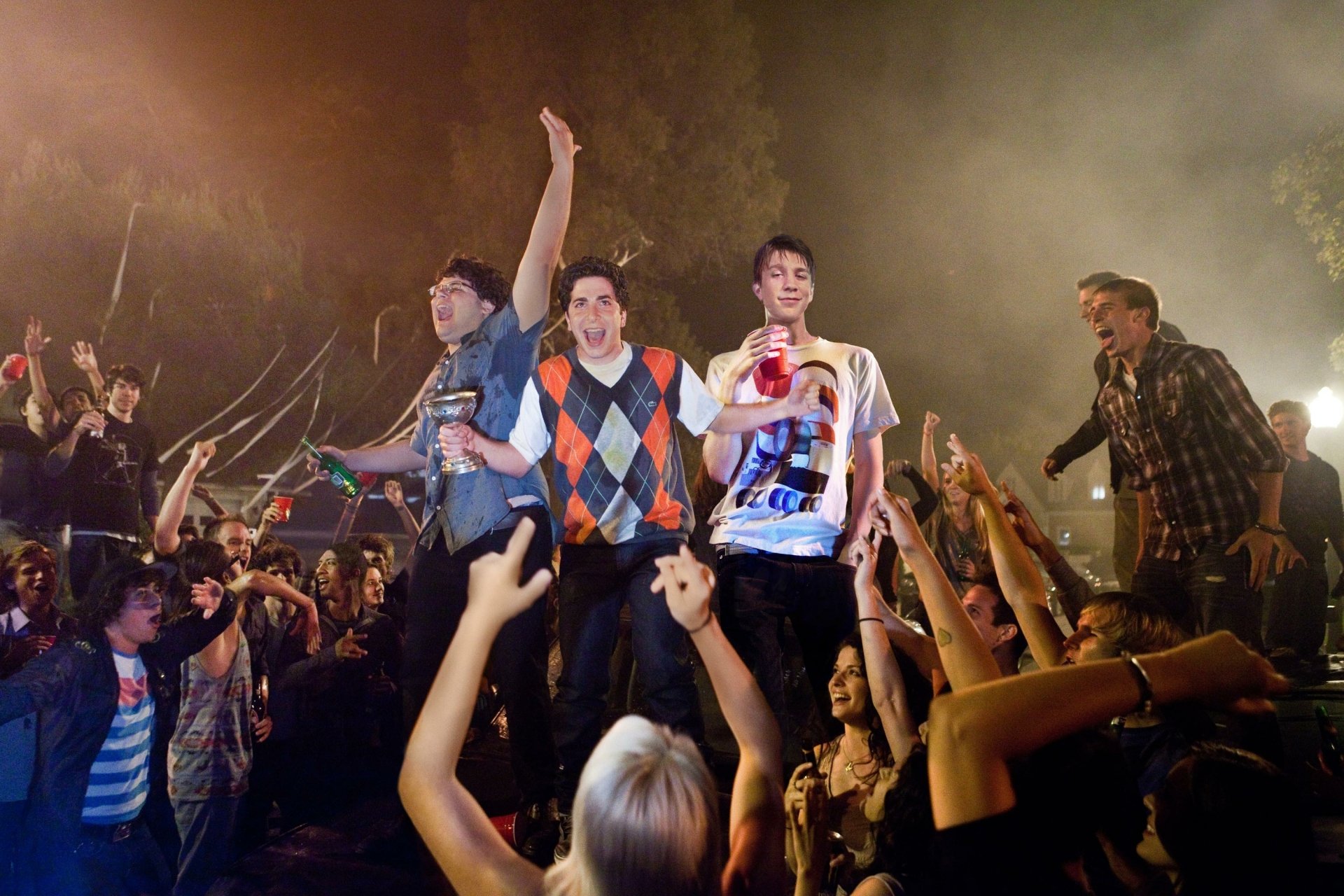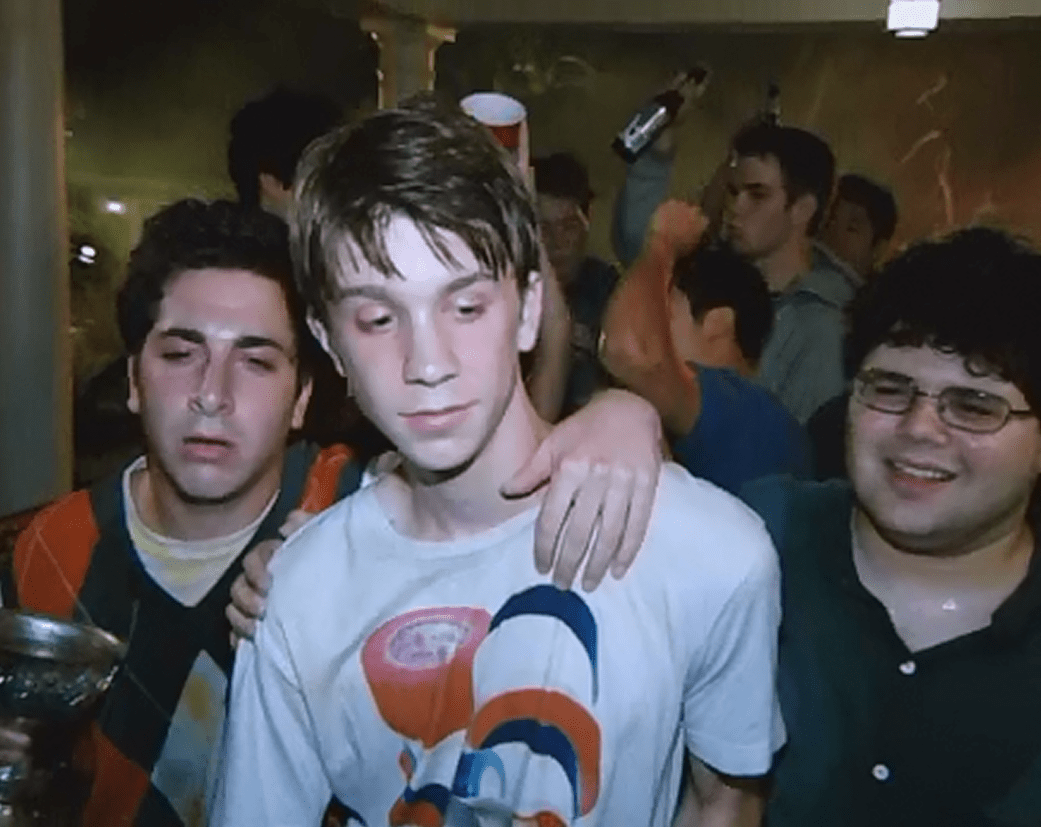Is Project X Real Footage - Uncovering Project Data Authenticity
When we talk about a project, whether it's a big software roll-out or a smaller team effort, getting a true sense of what's happening can feel a bit like trying to watch a movie that's missing some scenes. We often ask ourselves, "is project x real footage?" meaning, are the updates we are seeing, the reports we are reading, and the plans we are reviewing, actually showing us the complete and honest picture of what is going on? It's about knowing if the information we have is truly reflecting the situation on the ground, or if there are gaps and things that just do not quite add up. This question of authenticity, or whether we are getting the "real footage," is very important for anyone trying to manage something complex.
The challenge, you see, comes from how we gather and present information about our work. So, are we using the right tools to capture everything that matters? Are the people doing the work giving us accurate updates? Sometimes, what seems like a clear timeline on a screen might not actually be what is happening in real life, and that can cause quite a few headaches down the line. It's almost like trying to put together a puzzle when some of the pieces are just not quite right, or perhaps they belong to a completely different picture. We need to be able to trust what we are seeing.
This article will look at how different ways of managing work and the tools we pick can affect whether we get that genuine, "real footage" of a project. We will explore how popular programs, and even simple spreadsheets, play a part in showing us what is actually happening. We will also consider what makes information reliable, and how we can work to make sure the data we are looking at truly represents the real state of affairs for any project we are involved with. It’s about making sure our view of the project is clear, not hazy.
Table of Contents
- What Does "Is Project X Real Footage" Even Mean for Your Work?
- Tools for Project Planning - Do They Show the "Real Footage"?
- Can Excel Really Capture the "Real Footage" of a Project?
- What About Specialized Project Software - Is Their "Footage" Trustworthy?
- Beyond Software - What Else Shapes "Real Footage" in Projects?
- How Do We Know if "Project X" Data is Truly "Real Footage"?
- Different Software, Different Views - How Does This Affect "Real Footage"?
- So, Is Your "Project X" Showing "Real Footage"?
What Does "Is Project X Real Footage" Even Mean for Your Work?
When we wonder, "is project x real footage?", we are really asking if the information we have about our work effort is genuine and reliable. It is about trusting the numbers, the timelines, and the status updates we get. For instance, if you have a computer, perhaps a Lenovo, with Office 2019 already on it, and Word, Excel, and PowerPoint are already working, you might then want to put on other programs like Visio or Project. This act of adding more tools is about building a complete set of things to help you manage. The question then becomes: do these tools, once installed and used, actually help show the true state of your work? Or do they just create a nice-looking report that does not quite match up with what is happening? It's about getting to the heart of what is true.
Getting a clear picture of "is project x real footage"
To get a clear picture, we need to think about how we collect details. Often, when a product is being thought up, a list of what it needs to do comes out. People who build things use this list to break down the tasks. They might even use a spreadsheet program, like Excel, to gather all these tasks and guess how long each will take. This initial collection of data is the very first step in trying to get "real footage" of what needs to happen. If this early information is not put together well, then everything that comes after it, every plan or report, might be based on something a little shaky. It is pretty important to get this bit right, you know.
Tools for Project Planning - Do They Show the "Real Footage"?
Project management software has many strong capabilities that make it a good choice for organizing work. These programs offer ways to make plans, like using timelines or Gantt charts. These visual aids let people easily put together a plan that fits their needs. The question then is, does what these tools show truly represent "real footage" of the work? Or is it a picture that looks good on the screen but might not hold up when things get messy in the real world? It is a bit like looking at a map; you need to know if the map is up to date and shows the actual roads.
The classic tools and "is project x real footage"
Microsoft Project, for example, has been a popular desktop program for a long time, and for quite a while, it had very little competition. It is one of those classic tools that many people think of first. But even with its long history and many features, it is worth asking if the views it gives you are truly "real footage." The program has ways to help plan out tasks, assign people to them, and track progress. Yet, if the details put into the program are not kept up to date, or if the initial plan was not very realistic, then the nice-looking charts it produces might not show the actual state of affairs. It is really about the quality of the information going in.
Can Excel Really Capture the "Real Footage" of a Project?
Some folks find that Microsoft Project can be a bit hard to learn, and it might not have all the easy-to-see progress dashboards they want. They might even say that what the Project software cannot do, a program like Excel can often do very well. So, can Excel truly capture the "real footage" of a project? It is a fair question, as many people use it for project tasks. For instance, I have seen project management templates made in Excel that have all the things a Project software would have. This suggests that with the right setup, Excel can indeed give a very good picture of what is happening.
When Excel helps with "is project x real footage"
When you use Excel to collect task lists and time guesses, you are creating a very direct record. This directness can sometimes feel more like "real footage" because you are building it piece by piece. For example, product teams often have a list of features they want, and development people use this to break down their work. They might use Excel to keep track of these tasks and how long they expect them to take. This approach is very hands-on, and because it is so flexible, you can shape it exactly how you need it to show the information that matters most to you. It is quite a useful way to keep things clear, in a way.
What About Specialized Project Software - Is Their "Footage" Trustworthy?
When we look at specialized project software, like Microsoft Project 2021, we are talking about tools that bring together many well-established ideas about managing work. These programs are made to help managers with time, people, and money planning, and also with keeping things under control. The hope is that these tools will provide very accurate and reliable "footage" of the project's progress. They are built with a lot of thought about how projects should run. But, just because a tool is specialized does not automatically mean its view of things is always perfectly true. You still have to put in good information.
Looking at Microsoft Project for "is project x real footage"
Microsoft Project, as we mentioned, has many strong features. It offers tools for planning, like timelines and Gantt charts, which help users make plans that fit their needs. The software is very good at showing dependencies between tasks and helping to see potential delays. However, some people find it a bit difficult to use, and they might miss having clear dashboards that show progress at a glance. This can make it harder to get that quick, "real footage" sense of how things are going. If the person using the software finds it hard to keep it updated, then the data it shows might not be as true to life as you would hope. It is a very powerful tool, but it does ask a lot of its user.
Beyond Software - What Else Shapes "Real Footage" in Projects?
It is not just the software that determines if you get "real footage" of a project. Other things play a big part too. For instance, the way an organization handles its projects, often called Organizational Project Management (OPM), is very important. In OPM, the main goal is to set up a full system for managing projects that fits well with the overall plans of the organization. This kind of setup means that even before you pick a tool, there is a clear way of thinking about how projects should be done. This helps make sure that the information collected, no matter the tool, is part of a bigger, more truthful picture.
People and processes making "is project x real footage"
People are a huge part of making sure "real footage" comes through. For example, project managers looking for work are often judged by their project experience. This experience shows what a manager can do in a certain area. The human element, how people communicate, how they report progress, and how they solve problems, all contribute to whether the data you get is true. A certification like PMP, which is about project management skills, helps people learn how to manage projects better. This means they are more likely to provide accurate information, which then makes the "footage" you see more real. It is about how people work together, basically.
How Do We Know if "Project X" Data is Truly "Real Footage"?
So, how can we be sure that the information we are getting from "Project X" is truly "real footage"? It is a really good question that gets at the heart of trust. One way is to check the details against what you see happening. If a report says a task is 90% done, but the team still seems to be working on the very first steps, then there might be a problem with the "footage." It is also about consistency. If different reports show different things, then it is hard to know what is true. We need ways to verify what we are being told.
Checking the validity of "is project x real footage"
Checking the validity means looking at the source of the information and how it was put together. For example, some software might use a specific type of license, like an MIT license, which tells you how you can use and share the code. While this is about software itself, it points to the idea that transparency and clear rules help build trust. Similarly, when we talk about data sizes, like KiB, kB, or KB, knowing the exact difference helps us understand the true scale of things. This kind of carefulness with details, even small ones like screw specifications, contributes to the overall reliability of information, which in turn helps us trust that "is project x real footage" is indeed real. It is all about precision, you know.
Different Software, Different Views - How Does This Affect "Real Footage"?
There are many project management programs out there that are similar to Microsoft Project, and most of them have free versions. Each one offers a slightly different way of looking at project information. This means that the "real footage" you get might look different depending on the program you pick. Some might focus more on visual timelines, others on task lists, and still others on team communication. The important thing is to pick a tool that gives you the kind of view that helps you understand what is happening most clearly.
Comparing project tools for "is project x real footage"
When comparing tools, think about what kind of "footage" you need. If you need a simple task list, Excel might be perfect. If you need detailed timelines and resource tracking, then a program like Microsoft Project or one of its many alternatives could be better. Some tools might be better at showing you a big picture, while others help you with the tiny details. For example, there are programs that let you play videos as desktop wallpapers, which is a different kind of "footage" altogether, but it shows how diverse software can be. The key is finding the right fit for the kind of real information you need to see.
So, Is Your "Project X" Showing "Real Footage"?
Ultimately, the question "is project x real footage?" comes down to how well your project's information truly reflects its actual state. It is not just about the software you use, but also about the quality of the information put into it, the processes in place, and the people involved. Even something like knowing where to find good music online, like free lossless music sites, shows that getting to the real source of something is often about knowing where to look and what to trust.
Your next steps for "is project x real footage"
To make sure your "Project X" is showing "real footage," consider a few things. First, make sure your data entry is accurate and timely. Second, pick tools that genuinely help you visualize and understand the information, rather than just making pretty charts. Third, encourage open and honest communication within your team. This way, you are always working with the most truthful picture possible, helping you make good choices for your work. It is a bit of an ongoing effort, really, to keep things clear.
This article looked at the idea of "is project x real footage" by thinking about how true and reliable project information is. We talked about how different tools, like Microsoft Office programs including Project and Excel, help gather and show project data. We also considered how the way an organization manages its work and the people involved all play a part in getting an honest view of a project. The piece explored how to check if the data you are seeing is really telling you what is happening, and how different software might offer different perspectives on the same work.
- Molly Mcgovern What Kind Of Cancer
- What Year Was Lady Gaga Born
- Oj Trial Attorneys
- Menendez Brothers Wives
- Mike Dirnt Wiki

Project X - Desktop Wallpapers, Phone Wallpaper, PFP, Gifs, and More!

Project X Wallpapers - Top Free Project X Backgrounds - WallpaperAccess

Project X Wallpapers - Top Free Project X Backgrounds - WallpaperAccess